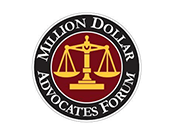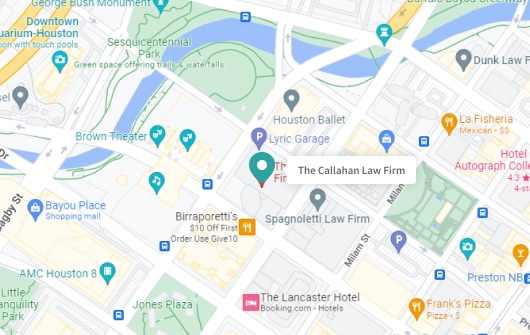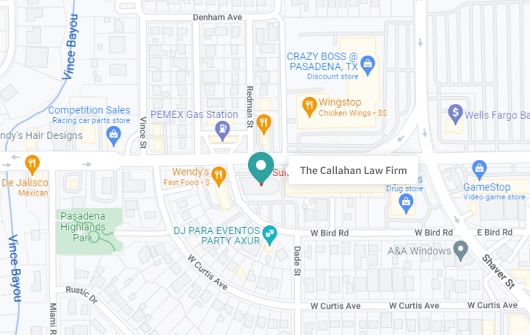The Personal Injury Lawsuit Timeline Explained
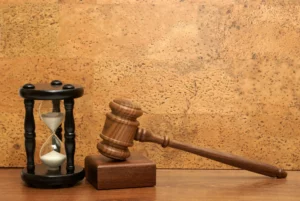
Personal injury lawsuits can be tedious and lengthy, often involving multiple stages and parties. For the person affected due to the negligence of others, understanding the personal injury lawsuit timeline is important to achieving a successful outcome.
This article will provide an overview of the personal injury lawsuit timeline, from pre-filing to post-trial considerations.
Whether you are a plaintiff or defendant or interested in learning more about personal injury law, this article will provide valuable information for a successful personal injury lawsuit.
Let’s get started!
Every Personal Injury Lawsuit Starts With The Pre-filing Stage.
This is the first stage in a personal injury lawsuit’s timeline. It involves initial consultations with a personal injury lawyer, an investigation and evaluation of the claim, and the preparation and filing of the lawsuit.
A personal injury lawsuit will be filed when pre-lawsuit attempts to negotiate a fair settlement have failed, or when the attorney believes it is in the client’s best interest to file suit in light of the unique circumstances of the case.
This stage is vital, as it sets the stage for the rest of the personal injury lawsuit process. In this section, we’ll discuss each of these steps and provide insights on how to handle them.
Consultation with a Personal Injury Lawyer
The first step in the pre-filing stage is to consult with a personal injury lawyer. This consultation is typically free and allows the lawyer to evaluate the case and determine if there is a viable claim.
During the consultation, your lawyer will ask questions about the injury, how it happened, the injuries, and the potential damages that may be recoverable. They will also explain the legal process, discuss the strengths and weaknesses of the case, as well as the potential outcome.
Choosing a lawyer with experience in personal injury cases and a track record of success is essential. Look for a knowledgeable, compassionate lawyer who understands your needs and goals. Take your time and research several lawyers, before choosing the one you feel most comfortable with.
Investigation and Evaluation of the Accident Claim
Once you’ve chosen a personal injury lawyer, they will investigate and evaluate the claim. This will often include gathering evidence, interviewing witnesses, reviewing medical records, and more. The lawyer will use this information to determine the strength of the case, the potential damages, and the best course of action.
During this stage, being honest and forthcoming with your lawyer is vital. Provide them with all the information they need to build a strong case. Don’t withhold any information, even if you think it may be damaging to your case. Remember, your lawyer is on your side and is working to achieve the best possible outcome.
Preparation and Filing of the Lawsuit
Once the investigation and evaluation are complete, the next step is to prepare and file the lawsuit. This involves drafting the lawsuit, commonly known as a petition or a complaint, that outlines the allegations and damages being sought. The petition is then filed with the court and served on the defendant.
Ensuring that the petition is drafted correctly and includes all the necessary information is crucial. Your lawyer will take care of this process, but it’s essential for you to know the timeline and any deadlines. Failure to file the lawsuit on time or include all necessary information can result in the case being dismissed.
The pre-filing stage is the first and perhaps most crucial stage in a personal injury lawsuit’s timeline. Choosing a qualified lawyer, being honest and forthcoming, and ensuring that all necessary information is included in the petition can lay the foundation for a successful personal injury lawsuit. Remember, the goal of this stage is to establish a strong case and maximize the potential recovery.
The Next Stage is– The Pleading Stage
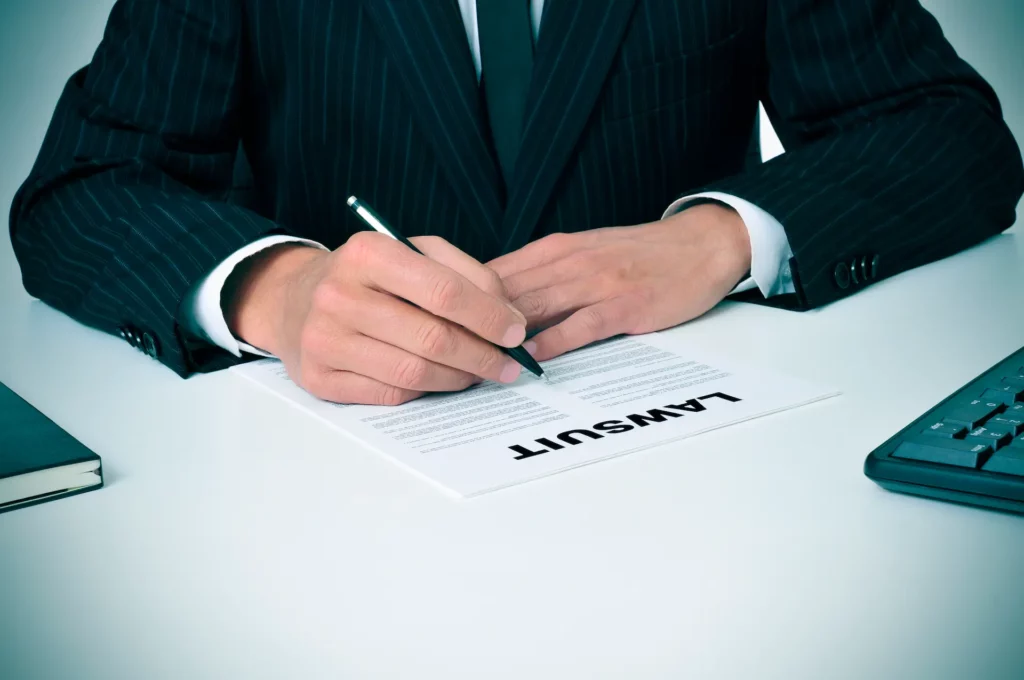
Once the lawsuit has been filed, the pleading stage begins. This stage involves the exchange of legal documents between the parties and the court. In this section, we’ll look closer at the critical steps involved in the pleading stage of a personal injury lawsuit.
Exchange of Documents
The first step in the pleading stage is the exchange of legal documents between the parties. This includes the petition or complaint, answer, and any counterclaims or cross-claims. Next, the defendant is given a specific time to respond to the petition and file their answer. Failure to respond can result in a default judgment being entered against them.
Discovery (Exchange of Information)
After the exchange of documents, the discovery process begins. This involves the exchange of information and evidence between the parties. The purpose of discovery is to allow each side to gather evidence and build their case. This may include depositions, requests for documents, and requests for admissions.
It’s essential to be thorough and complete during the discovery process. Don’t withhold any information or evidence from your attorney, even if it may be damaging to your case. Your lawyer will guide you through this process and ensure that the rules are followed and appropriate information is produced in the case.
Motions
During the pleading stage, either party may file a motion with the court. A motion is a request for the court to take a specific action or rule. This may include a motion to dismiss, a motion for summary judgment, or a motion to compel discovery.
It’s vital to have a lawyer involved to file and respond to any motions. Your lawyer will help you figure out the best action and make sure the motion is properly drafted, filed and argued.
The pleading stage is a crucial step in the personal injury lawsuit timeline. By exchanging legal documents, engaging in the discovery process, and filing appropriate motions, the parties can build their case and prepare for trial. Therefore, it’s essential to be thorough and complete during this stage to maximize the potential for a successful outcome.
The Discovery Stage of a Personal Injury Timeline
After the pleading stage, the next step in the personal injury lawsuit timeline is the discovery stage. This is a crucial part of the legal process, allowing both parties to gather information and evidence supporting their case. In this section, we’ll take a closer look at the discovery stage and its key components.
Depositions
Depositions are a crucial part of the discovery process. During a deposition, a witness or party to the lawsuit is questioned under oath by the opposing side’s lawyer. The purpose of a deposition is to gather information and evidence that can be used to support the case.
Preparing thoroughly for a deposition is important, as it can significantly impact the lawsuit’s outcome. Your lawyer will assist you in preparing for the deposition by reviewing the questions and your answers.
Requests for Production
During the discovery stage, both parties can also request that the other side produce documents or evidence. These requests for production can include things like medical records, accident reports, and other relevant information. It’s vital to respond to these requests promptly and provide all requested information in accordance with the rules, as failure to do so can result in sanctions from the court.
Requests for Admissions
Another component of the discovery stage is the use of requests for admission. These are written requests in which one party asks the other to admit or deny specific facts related to the case. If the other party fails to respond to the request for admission, the facts are deemed admitted.
Interrogatories
These are written questions that one party sends to the other during the discovery process. These questions can cover various topics related to the case, and it’s important to answer them honestly and to the best of your ability.
The discovery stage is a critical part of the personal injury lawsuit timeline. By engaging in depositions, requests for production, requests for admissions, and interrogatories, both parties can gather the evidence and information necessary to build their case. Therefore, it’s important to work closely with your lawyer during this stage and to respond to all requests promptly and thoroughly.
The Pre-trial Stage
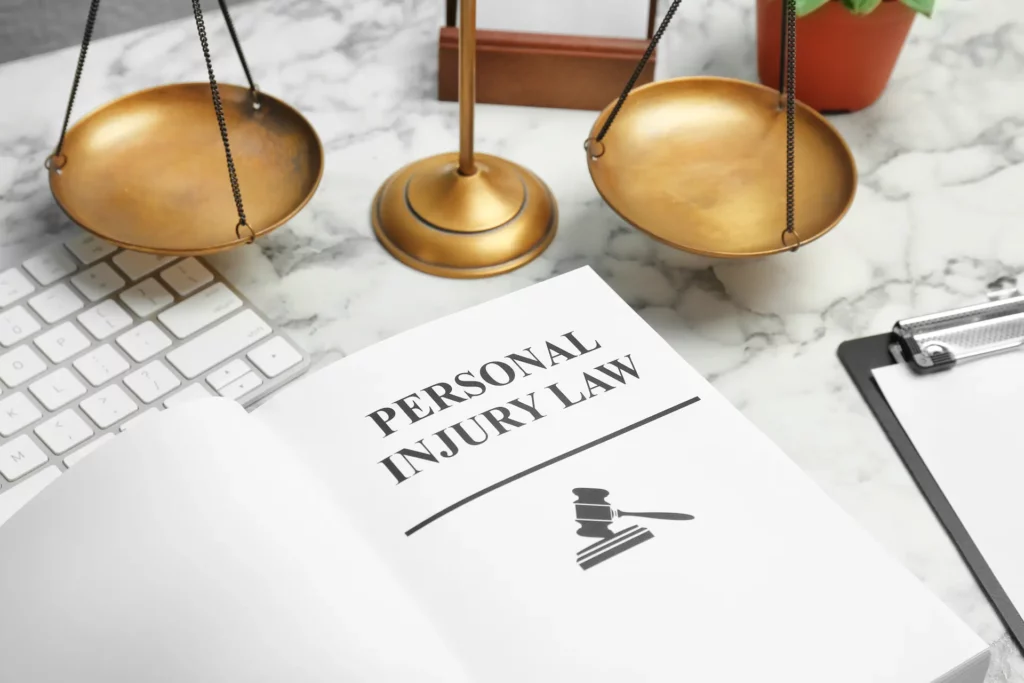
Once the discovery stage is complete, the next step in the personal injury lawsuit timeline is the pre-trial stage. This is the period between the end of discovery and the beginning of the trial. In this section, we’ll take a closer look at the pre-trial stage and its key components.
Motions
During the pre-trial stage, both parties can file motions with the court. These are written requests asking the court to take some action. Common motions during this stage include:
- Motion for Summary Judgment: This motion asks the court to rule in favor of one party without going to trial based on the evidence gathered during the discovery stage.
- Motion to Exclude Evidence: This motion asks the court to prevent specific evidence from being presented at trial.
- Motion in Limine: This motion asks the court to prevent the other party from mentioning specific facts or evidence during the trial.
Settlement Negotiations
Another critical component of the pre-trial stage is settlement negotiations. This is when both parties may try to reach a settlement agreement without going to trial. Settlement negotiations can be initiated at any point during the lawsuit but often occur during the pre-trial stage.
Working closely with your lawyer during settlement negotiations is important to ensure that any proposed settlement is fair and reasonable. The case will proceed to trial if a settlement cannot be reached.
Pre-trial Conference
Finally, the pre-trial stage typically ends with a pre-trial conference. This is a meeting between the judge, the lawyers for both parties and sometimes the parties themselves. The pre-trial conference aims to ensure that both parties are ready for trial and to address any outstanding issues.
During the pre-trial conference, the judge may issue orders related to the trial, such as a deadline for submitting exhibits or a limit on the number of witnesses that can be called.
The pre-trial stage is a critical part of the personal injury lawsuit timeline. By filing motions, engaging in settlement negotiations, and attending pre-trial conferences, both parties can prepare for trial and work towards a fair resolution of the case. Therefore, it’s vital to work closely with your lawyer during this stage and to be prepared to go to trial if a settlement cannot be reached.
The Trial Stage
The trial stage is the final stage of a personal injury lawsuit. This is where the parties present their case in court to a judge and/or jury. In this section, we’ll take a closer look at the trial stage and what it entails.
Jury Selection
In cases where a jury trial is requested, the first step in the trial stage is jury selection. Potential jurors are brought into the courtroom and questioned by the lawyers for both parties. This questioning aims to identify potential jurors who may be biased or have a conflict of interest.
Opening Statements
Once the jury is selected, both parties will make opening statements. Then, the lawyers make statements to outline their case and what they intend to prove during the trial.
Presentation of Evidence
During the trial, both parties will present evidence to support their case. This can include witness testimony, physical evidence, medical records, and expert opinions. The lawyers for both parties question each witness which includes direct examination and cross-examination.
Closing Arguments
After all evidence has been presented, both parties will make closing arguments. At that time the lawyers will make statements to summarize the evidence and present arguments to persuade the judge and/or jury to rule in their favor.
Verdict
Once the closing arguments are complete, the judge and/or jury will deliberate and reach a verdict.
Appeals
If one party disagrees with the verdict and believes there is a legal basis to do so, they may choose to appeal the decision. This is where the case is brought to a higher court to review the trial proceedings and the verdict. Appeals often take years, and the case’s final outcome may differ from the initial verdict.
The Post-Trial Stage
The post-trial stage of a personal injury lawsuit begins after a verdict has been reached, and it involves several necessary steps. Let’s discuss briefly what happens during the post-trial stage of a personal injury lawsuit below:
Judgment
Once a verdict has been reached, the judge will enter a judgment in favor of the prevailing party. This judgment will include the amount of money the defendant must pay the plaintiff.
Post-Trial Motions
After the verdict has been entered, either party may file post-trial motions. These motions can include a new trial or a motion to set aside the verdict. These motions are designed to challenge the verdict and ask the court to reconsider its decision.
Collection of Judgment
If the plaintiff is awarded damages, they must collect the judgment from the defendant. If the case is appealed, collection will be on hold until the appeals are final. If the case is not appealed and the defendant has assets or insurance, then the amount of the judgment will be paid. If a defendant is unable to pay the judgment, property of the defendant can be seized by court order and sold, bank accounts can be garnished, and other steps can be taken in an attempt to collect.
Appeals
If either party is not satisfied with the verdict, they may choose to appeal the decision. This involves bringing the case to a higher court to review the trial proceedings and the verdict. Appeals can take years, and the case’s final outcome may differ from the initial verdict.
Settlements
The defendant and plaintiff may choose to settle the case out of court instead of going through the post-trial stage. In fact, the parties can agree to settle the case at any point during the litigation process, including after the verdict. A settlement is an agreement between the parties to resolve the case..
The post-trial stage of a personal injury lawsuit is a critical part of the process. It involves several steps, including the entry of a judgment, post-trial motions, collection of the judgment, appeals, and settlements. Therefore, it is advised that you work closely with your lawyer during this stage to ensure that you receive the judgment and compensation that you deserve.
Frequently Asked Questions
How long do most personal injury claims take?
When filing personal injury claims, the duration is often uncertain, as the process can take longer or shorter than expected. Typically, the process often takes 1–3 years.
What are the stages of a personal injury claim?
The personal injury claim stages are as follows:
- The pre-filing stage
- The pleading stage
- Discovery stage
- The pre-trial stage
- Trial stage
- Post-trial stage
What is the statute of limitations for personal injury in Texas?
The personal injury statute of limitations in Texas for a claim based on negligence is two years. This means that you must either resolve your claim or file a proper lawsuit within two years from the date of the negligence against the entity or person responsible for your injury. This is a general rule and exceptions and variations may apply, so it is essential to consult with an experienced personal lawyer to determine the statute of limitations deadline for the fact scenario in your case.
What are the damages for personal injury?
Damages for personal injuries are referred to as “general,” “special,” or “punitive.” Both general and special damages are regarded as compensatory damages, which means they work to compensate for the losses suffered by victims. In Texas, compensatory damages include the following: medical care expenses, loss of earnings, loss of earning capacity, pain, mental anguish, physical impairment, disfigurement, an loss of consortium
How long does it take to file a personal injury claim in Houston, TX?
There are various types of injury claims that can lead to a personal injury lawsuit, including those involving auto accidents, truck accidents, workplace accidents, defective products, and wrongful death. Straightforward cases where liability is evident can resolve relatively quickly, sometimes in a few weeks or months, while most cases take upward to a year or longer.
Conclusion
Navigating a personal injury lawsuit can be a long and complex process. Therefore, it’s important to understand the different stages of the lawsuit and what to expect at each step of the way. From the pre-filing to the post-trial stage, there are many important considerations to remember.
At The Callahan Law Firm, our experienced personal injury lawyers in Houston and Pasadena are here to help guide you through every stage of the personal injury lawsuit process. We understand the complexities of these cases and are committed to fighting for the compensation you deserve.
If you or a loved one has been injured in an accident, don’t hesitate to contact us today for a free consultation. We’ll work with you every step of the way to ensure that your rights are protected and that you receive the compensation that you deserve.
Call us today at 713-224-9000 or visit our website to learn more about how we can help you with your personal injury case.

Michael S Callahan is an attorney and founder of The Callahan Law Firm. He focuses his practice on representing individuals and families in personal injury cases involving motor vehicle and truck accidents, workplace accidents and defective products. With over 25 years of experience, he is dedicated to fighting on behalf of people whose lives have been forever altered by the negligence and carelessness of corporations and individuals. Originally trained as a mechanical engineer, Michael has been practicing law and fighting for justice for those who need it most since 1994. He is board-certified in Personal Injury Trial Law by the Texas Board of Legal Specialization and a member of various esteemed legal associations. Outside of work, Michael enjoys spending quality time with his family, outdoor activities, and continually striving to improve as a trial lawyer and human being.







